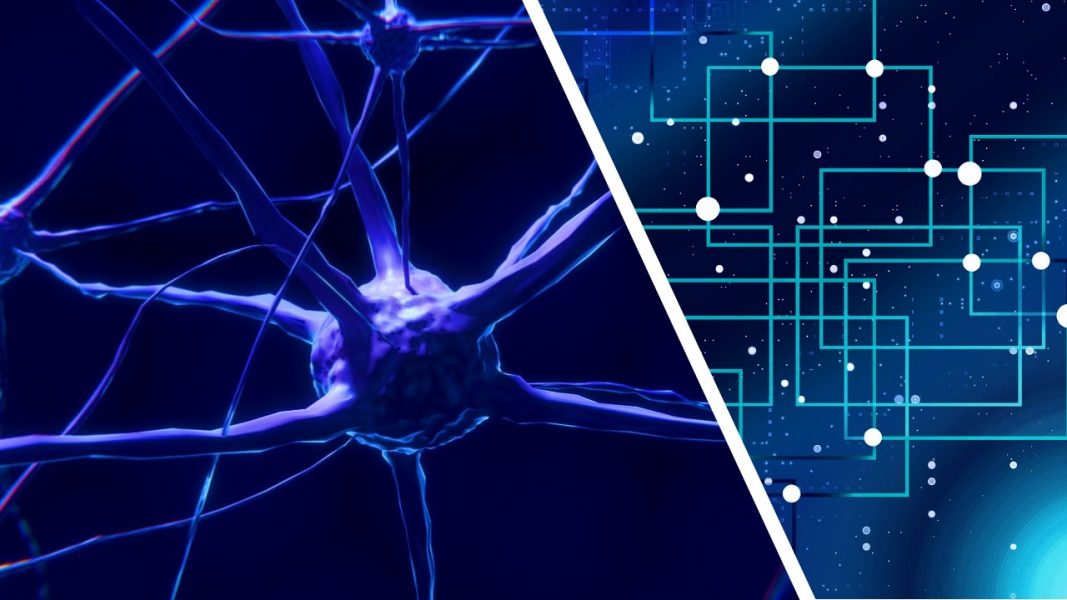Integration of electronic devices with human tissues has long been a challenge for researchers. A problem that needs addressing is the mismatch between the mechanical properties of materials and the soft tissue texture, which could affect device performance and reliability. Hence, there has been growing interest in fabricating compliant electronic devices that can integrate into tissues. Despite the efforts of engineering flexible electronic devices on elastomers using different techniques, the rigidity of these devices does not come close to that of soft tissues, such as that found in the brain.
Towards this end, a group of researchers led by Prof. Christopher J. Bettinger, Carnegie Mellon University, has described ultracompliant electronic devices integrating multielectrode arrays with soft adhesive hydrogels through transfer printing, a technique where electronics are integrated with the swollen polymer networks post-fabrication. They performed in vivo neural recordings from peripheral nervous system, demonstrating the ability of these devices to adhere to the underlying tissues and to record single‐unit neural activity. This further verified the better match between the mechanical properties of the devices and the neural tissue, thereby improving the recording stability and reliability.

This study provides a general fabrication strategy, tackling several issues such as the incompatibility between hydrogels and microfabrication techniques, as well as the poor adherence of hydrogels to electronic structures. These ultracompliant hydrogel-based electronics, because of their superior mechanical properties, can interface with excitable organs, such as spinal cord, brain and heart.
As stated by the lead author Prof. Christopher J. Bettinger, “If we can fabricate electronic devices that have mechanical properties closer to ‘Jell-O’ rather than wood or plastic, then we can surreptitiously interface neural probes with the brain in a more benign manner.”
The next milestone to achieve is to improve the chronic reliability of these hydrogel-based electronic devices.
Written by Irem Bayindir-Buchhalter, in coordination with the researchers.

















